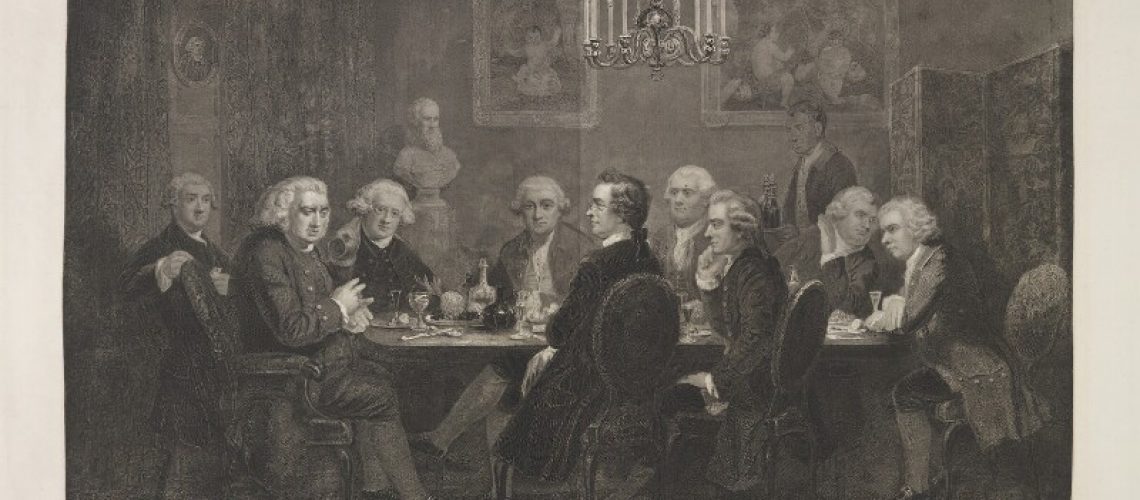Founded nearly two centuries ago, the Garrick Club enabled respectable Victorian gentlemen to mix with the male acting fraternity, who at the time were not generally considered to be reputable citizens. Today, it once again stands out as an anomaly, but this time for permitting entry to women as guests only. Philippa Hanscombe takes a tour
You could walk past the Garrick Club in Covent Garden without realising it, because there is no name or number visible to identify it. Founded in 1831 by a group of literary gentlemen under the patronage of King William IV’s brother, the Duke of Sussex, it was intended to be somewhere ‘actors and men of refinement and education might meet on equal terms’.
In the 19th century actors were not generally considered to be respectable members of society – no actor was knighted until Sir Henry Irving in 1895 – so the Garrick enabled gentlemen and artists to meet socially.
The Garrick started life in a converted family hotel, just around the corner in King Street. It later moved to Frederick Marrable’s grade II* listed building on the west side of Garrick Street, built over what had been slums in the mid-19th century. Marrable, who was superintending architect to the Metropolitan Board of Works, designed the building in the Italian Renaissance style with a facing of Portland render, completing it in 1864.
With Drury Lane and Covent Garden at the centre of the arts world in the 19th century, many actors lived and worked locally. Actors Henry Irving and Charles Matthews were among the earliest members of the Garrick, as were writers Charles Dickens and William Thackeray.
Other members included writers Anthony Trollope, George Meredith and JM Barrie, composers Edward Elgar and Arthur Sullivan, and artists John Everett Millais and Dante Gabriel Rossetti. Its first members also included 24 peers of the realm.
The club is named after the great 18th century actor David Garrick. There are 21 portraits of the actor among its collection of over 1,000 paintings, drawings and sculptures of British theatrical works of art, one of which hangs above the fireplace in the Morning Room.
The collection was started by Charles Matthews and given to the Club in 1835. It is the largest and most significant of its type in existence and continues to grow. Its more recent acquisitions include paintings of contemporary actors such as Michael Gambon and Tom Courtenay. The Club also houses a theatrical library containing manuscripts, documents and thousands of playbills and theatre programmes.
Today, its 13,000 members can drink, dine, play billiards or stay in one of the club’s bedrooms – the only place where they can use a mobile phone. The Garrick is one of London’s last remaining gentlemen’s clubs: its members have to date voted to continue its policy of not admitting women as members.
Image: David Garrick, pictured 4th from left, in A literary party at Sir Joshua Reynolds’s by D. George Thompson, published by Owen Bailey, after James William Edmund Doylestipple and line engraving, published 1 October 1851 (National Portrait Gallery, London)

